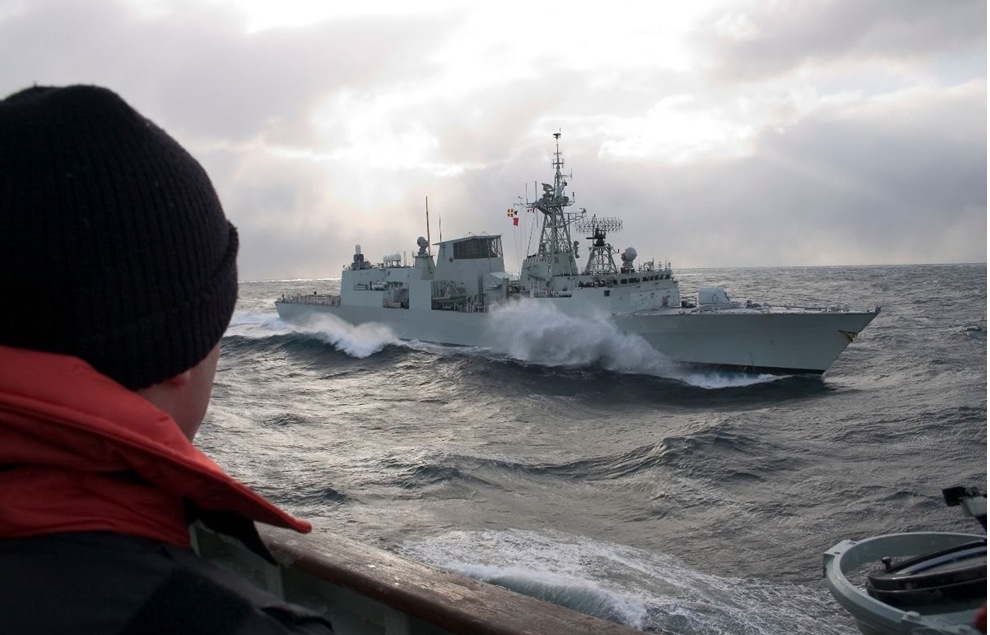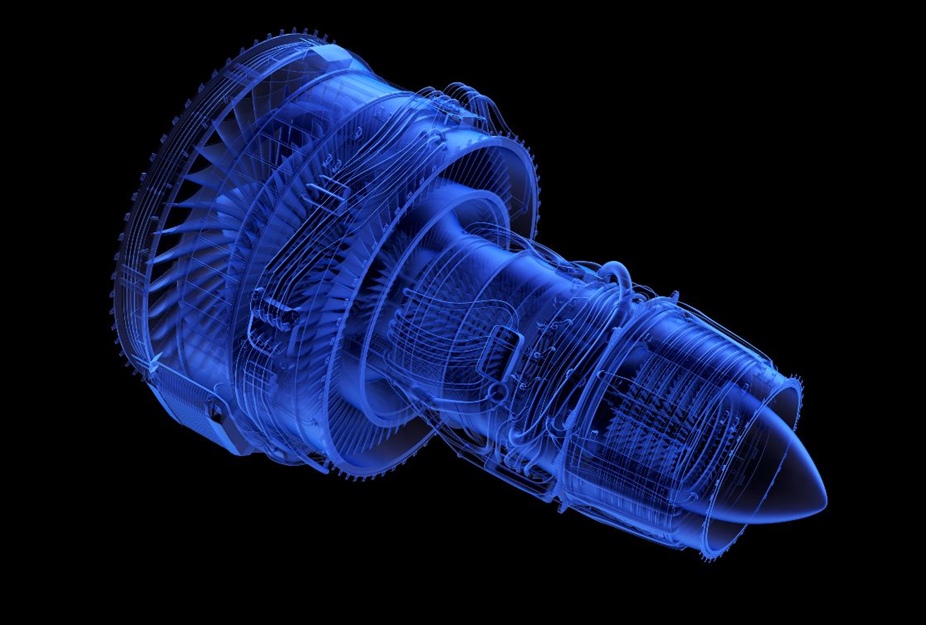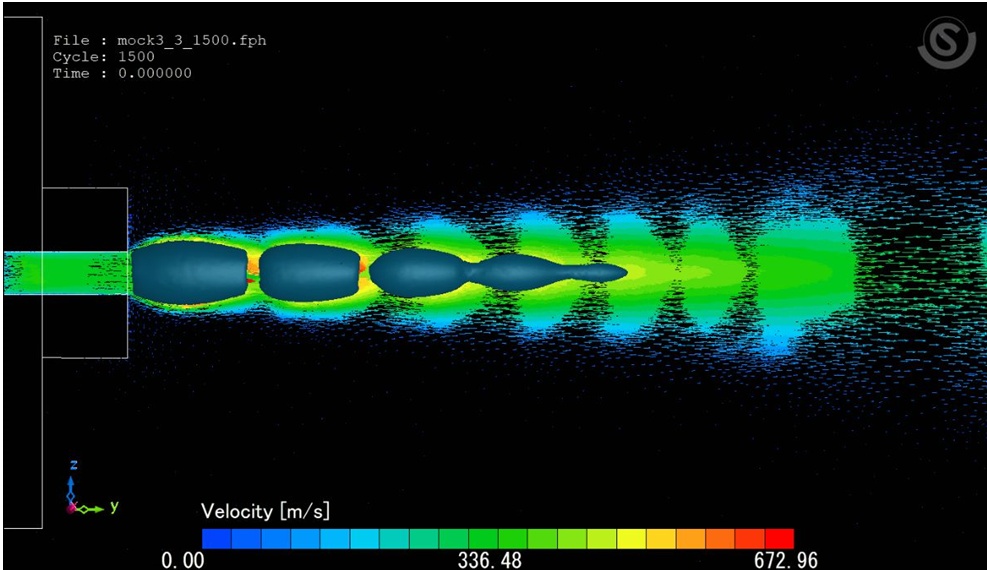Latest News February 2021
Welcome to Frewer Engineering’s Latest News February 2021!
Your February update on what we have been up to in the push to develop our services further for our customers…
Defence industry update

Our team have been busy performing complex Computational Fluid Dynamics modelling for a number of clients within the defence industry, especially in the field of surface war ships. Modelling complex flows across a variety of shapes in order to minimise drag and noise involves assessing a wide range of conditions to obtain an optimised solution for our customers.
In order to give our defence clients greater security, our defence team has been busy obtaining JOSCAR accreditation for our business – we will report more on this in our next newsletter. This coupled with our Cyber Essentials Plus and other accreditations we already hold, gives our clients the confidence required as we move ever deeper into the growing defence market.
Submarine excrescencies design & analysis

January has been another milestone month for the Advanced Composites Division with the completion of a 2-year programme to design and analyse a range of prepreg composite submarine masts for strategic naval defence. The project involved the detail design and complex FEA structural analysis of a series of 5m-plus long telescopic masts subjected to challenging static and shock loading conditions, all operating within harsh environmental conditions.
All skill-sets from Frewer’s dedicated and highly experienced composites team were required throughout the duration of the project, from concept design, through 3D CAD design using Siemens NX and PTC CREO, to laminate creation using CoDA and finally detailed FEA work using NX Nastran. As well as meeting the requisite strengths, the customer set critical stiffness and weight targets which, after several iterations and subtle modifications to the design, were not only achieved but surpassed.
Delivering faster design iterations

Our analysis team has been using the Python programming language to obtain optimised design solutions to demanding requirements. Using Python to firstly discretize 3D geometry into nodes, means that we can then use the programming language to author NASTRAN input files (.bdf) for the aforementioned geometry. Combining this automatic generation of input files with the FEMAP API (Application Programming Interface) gives us the ability to input, then perform, and finally postprocess the results without manual intervention.
Results from the analysis can be compared to requirements so adjustments can be made to the inputs (such as shape and material of the design) allowing us to optimize down to a solution. This rapid approach to the design analysis cycle means hundreds of iterations can be completed overnight on our personal server, allowing the work to continue even when office hours are over.

Computational Fluid Dynamics (CFD)

Our Advanced Analysis team have been busy on a wide range of projects modelling fluid flow using computational fluid dynamic (CFD) tools to optimise flow and determine applied forces on nozzles and associated equipment.
Our CFD team have also been investigating the addition of SIEMENS STAR-CCM+ software tool to run alongside our existing CFD tools. We will report more on this in our next newsletter after completion of some trials and benchmarks.
Our clients are benefitting from our agility and overlap between our various divisions whereby our mechanical design specialists and composite structures designers can call on the assistance of our CFD team to offer a turn-key solution which is fully optimised for both fluid flow and structural integrity. Thus making our customers lives easier by virtue of avoiding the need to use two different suppliers (one CFD specialist and one design specialist) to achieve the same end.
Metallic composites research into turbulence control screens for ground noise testing of aero engines

The closer in service conditions can be replicated for an aero-engine, the more reliable the data and conclusions are. Turbulence Control Screens are used to ‘filter’ atmospheric turbulent air at the intake of the engine and remove swirl. This month, the Advacned Composites Team have been looking into the effects of using a composite honeycomb core structure for a Turbulence Control Screen to significantly reduce structural mass while maintaining high stiffness, making it more resilient to wind and vibration.
The key challenges come in making the structure durable and able to withstand a large range of weather conditions. Using the team’s extensive experience in aero-engine test rig design, coupled with advanced composite modelling tools, a range of potential solutions are being investigated and optimised over the coming months.
